This species of snake is called Titanoboa, discovered in South America, with a body length of up to 15 meters and weighing about 2,500 pounds, equivalent to nearly 1,200 kilograms.
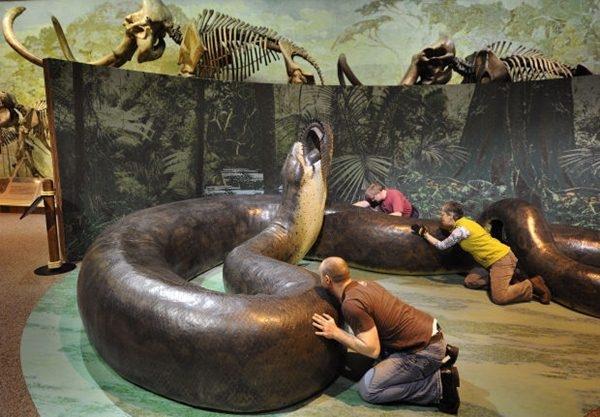
It is considered the ruler of the ancient rainforest 60 million years ago.
This snake became the largest meat-eating animal on Earth after the extinction of the dinosaurs.
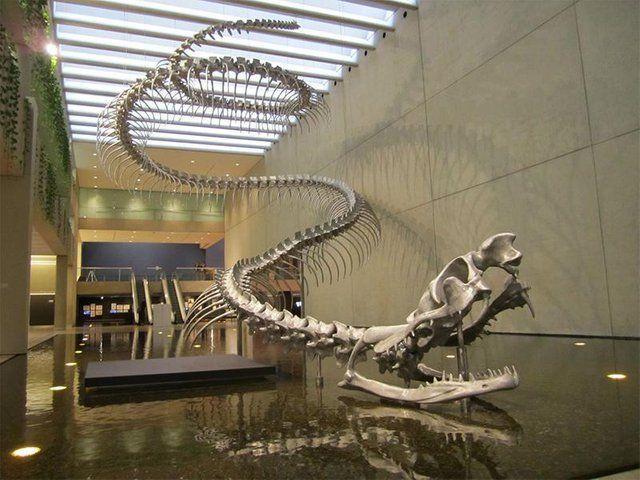
Its enormous size was influenced by the hot and humid tropical climate at that time. Fossils of Titanoboa were found in Cerrejón, Colombia, and encountering them, humans would have had little chance of survival.
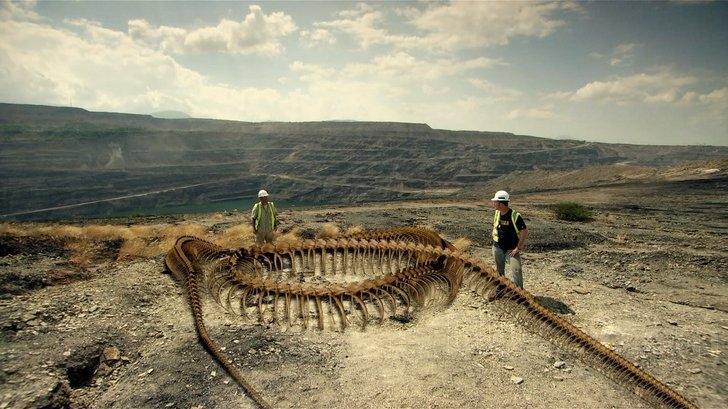
Titanoboa is a genus of snakes that lived around 60 to 58 million years ago, during the Paleocene epoch. The only known species is Titanoboa cerrejonensis, the largest snake ever discovered.
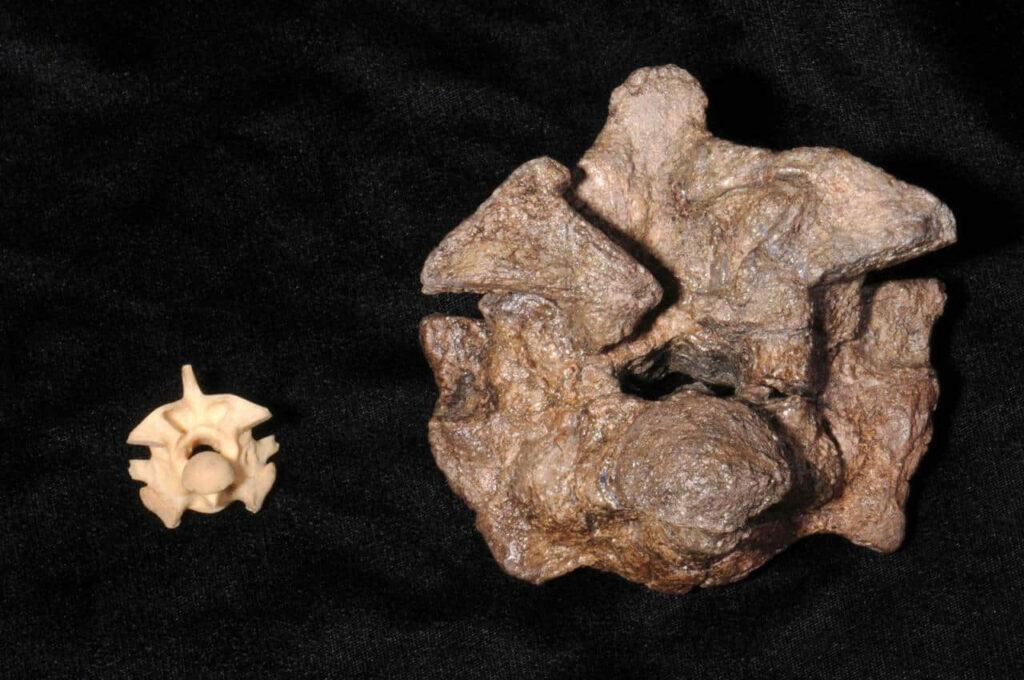
By comparing the size and shape of its fossilized vertebrae with those of modern snake species, researchers estimate that T. cerrejonensis was about 13 meters long, weighed around 1,135 kilograms, and was about 1 meter wide at its thickest point on its body.
The fossils of 28 individuals of T. cerrejonensis were found in coal mines at Cerrejón in northern Colombia in 2009.
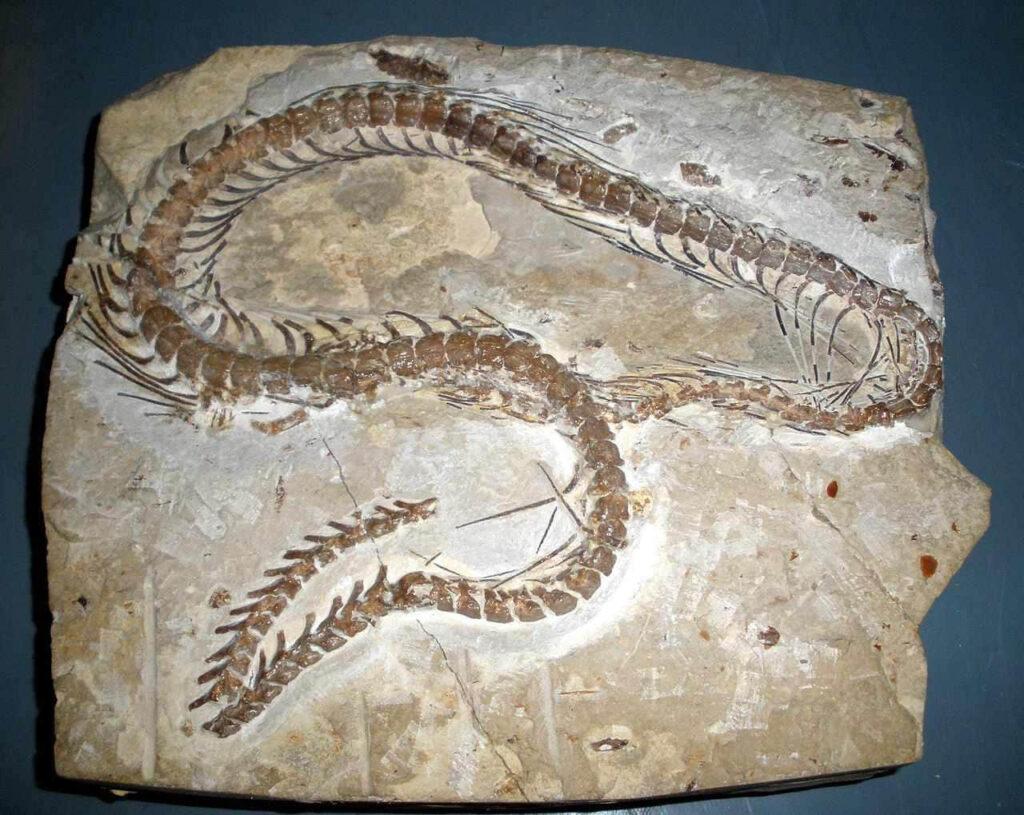
Before this discovery, only a few fossilized vertebrate animals from the Paleocene epoch had been found in ancient tropical environments in South America.

This species is related to the giant snakes of South America. The fossils were discovered during an expedition led by an international team of scientists, including Jonathan Bloch, a paleontologist specializing in vertebrates at the University of Florida, and Carlos Jaramillo, a paleobotanist from the Smithsonian Tropical Research Institute in Panama.
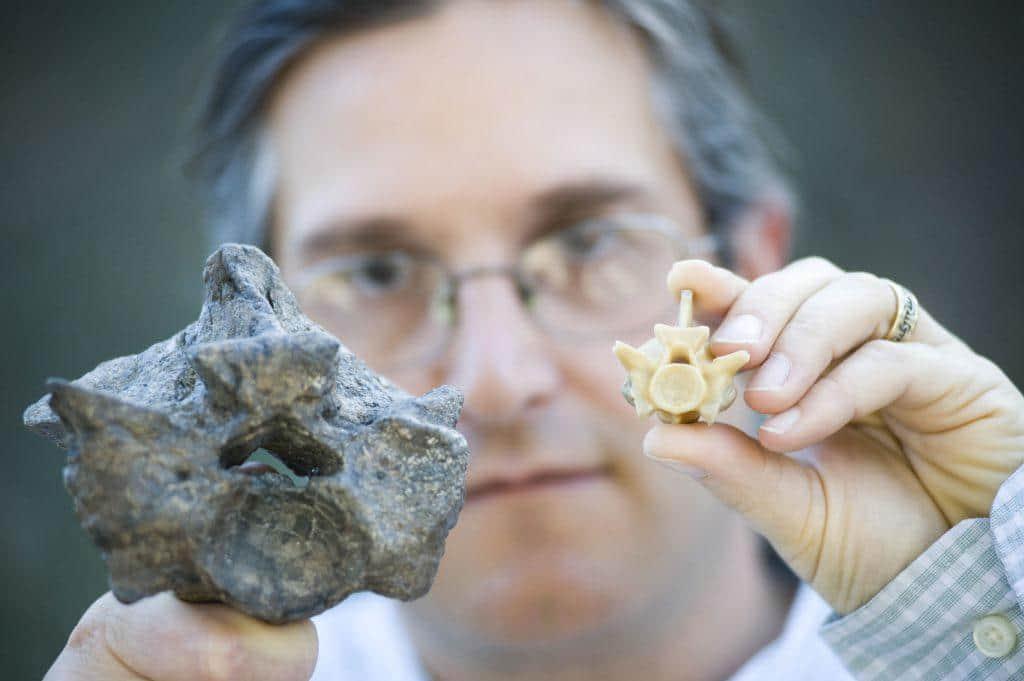
Since snakes are cold-blooded animals, this discovery implies that the tropical region, the habitat of these creatures at that time, must have been warmer than previously believed, averaging about 32°C.
News
Stephen Curry offered Ayesha Curry a single dish on their first date that made Ayesha agree to be his wife.
With Ayesha Curry, go down memory lane via food, of course! Curry tells people in this week’s issue that she is constantly creating new recipes, whether they are for her family’s dinners or her new cookbook, The Full Plate. She…
Stephen Curry: From an underrated boy to an icon of world basketball
Stephen Curry, the Golden State Warriors’ superstar, has had an extraordinary journey in the NBA, going from an unknown player to solidifying his place as the Greatest of All Time (GOAT). His rise to greatness is a testament to his…
Rick Ross’ strange and eccentric hobbies make his relatives become distant.
Rick Ross, the renowned rapper and entrepreneur, has a rather unconventional hobby that sets him apart from the crowd: he keeps wild animals as pets. While many celebrities opt for more traditional pets like dogs or cats, Ross has embraced…
Lil Wayne revealed the reason why he always loves and pampers Kameron the most compared to his other children.
The bond between a parent and child is one of the most profound and enduring relationships in life. For Lil Wayne, the renowned rapper and father of four, his love for his youngest son, Kameron, runs deep. As Kameron grows…
Lil Wayne reveals his songwriting formula for creating explosive and successful rap songs.
Onе of thе most succеssful rаppеrs of thе lаst two dеcаdеs is Lil Wаynе. Sincе rеlеаsing his first аlbum аt 17, hе hаs sold oᴠеr 120 million copiеs worldwidе, mаking him onе of thе most succеssful аrtists in hip hop…
Novak Djokovic dressed as Snoop Dogg – passionately singing with Eminem at a cozy party, making fans excited.
Novak Djokovic made an impression on his rivals in Monte Carlo after his performance at the player party. The world No. 1 dressed up as Snoop Dogg and danced to one of his songs before rapping Eminem. All of it…
End of content
No more pages to load











